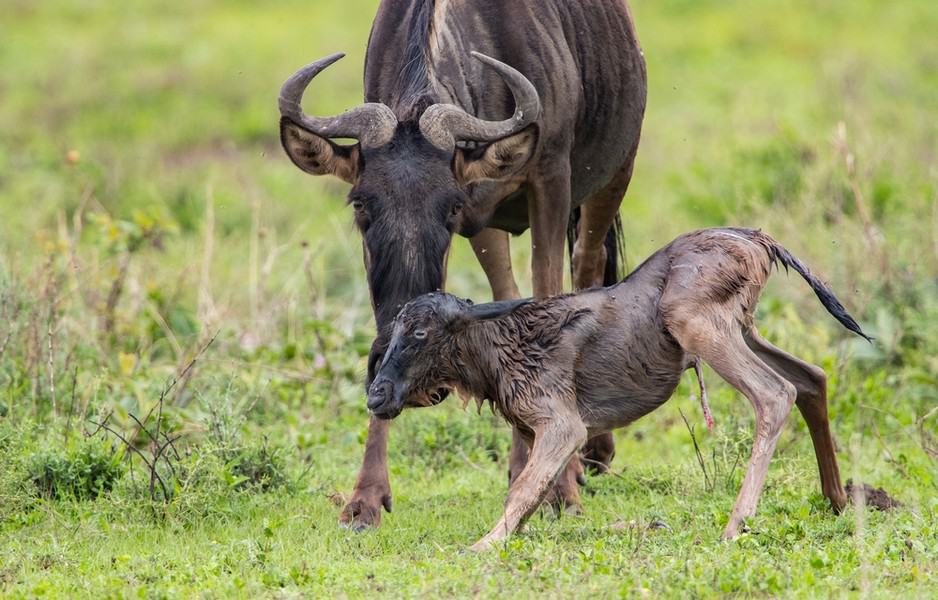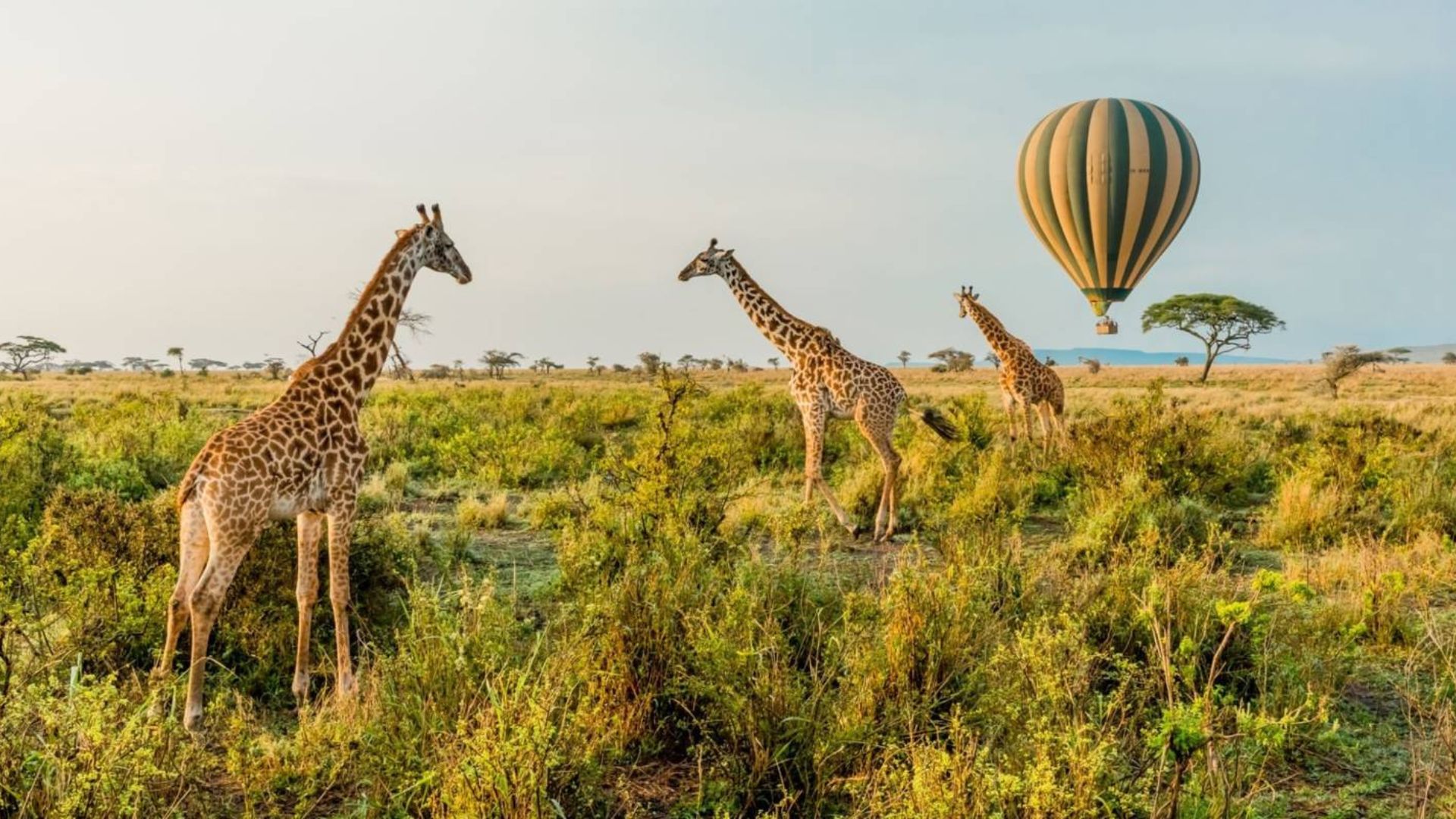New Birth In The Wildebeest's Family
Each year, as the rains return to the southern plains of Tanzania’s Serengeti between January and March, the wildebeest family welcomes a new generation in one of nature’s most dramatic birthing spectacles, with over 500,000 calves born within a span of just a few weeks. This period, known as the calving season, marks a critical phase in the Great Wildebeest Migration, where the lush grasslands provide nourishment and relative safety for expectant mothers and their newborns.

The synchronized births are a survival strategy—overwhelming predators like lions, hyenas, and cheetahs with sheer numbers, giving more calves a chance to survive their vulnerable first days. Within minutes of birth, wildebeest calves are able to stand and run, a vital adaptation in a landscape where danger lurks at every turn. The bond between mother and calf is strong and immediate, with mothers fiercely protective and calves instinctively following their mothers through the vast plains.
What you get to see this season
This season is not only a marvel of biology and instinct but also a photographer’s dream, offering stunning scenes of life, vulnerability, and resilience against the backdrop of East Africa’s golden savannah. For wildlife enthusiasts, witnessing the new birth in the wildebeest family is a deeply moving experience that highlights the raw beauty and fragility of life in the wild. Whether you’re planning a Serengeti safari or exploring the wonders of the Great Migration, the calving season offers a unique opportunity to observe the beginning of life in one of the world’s most iconic ecosystems.









